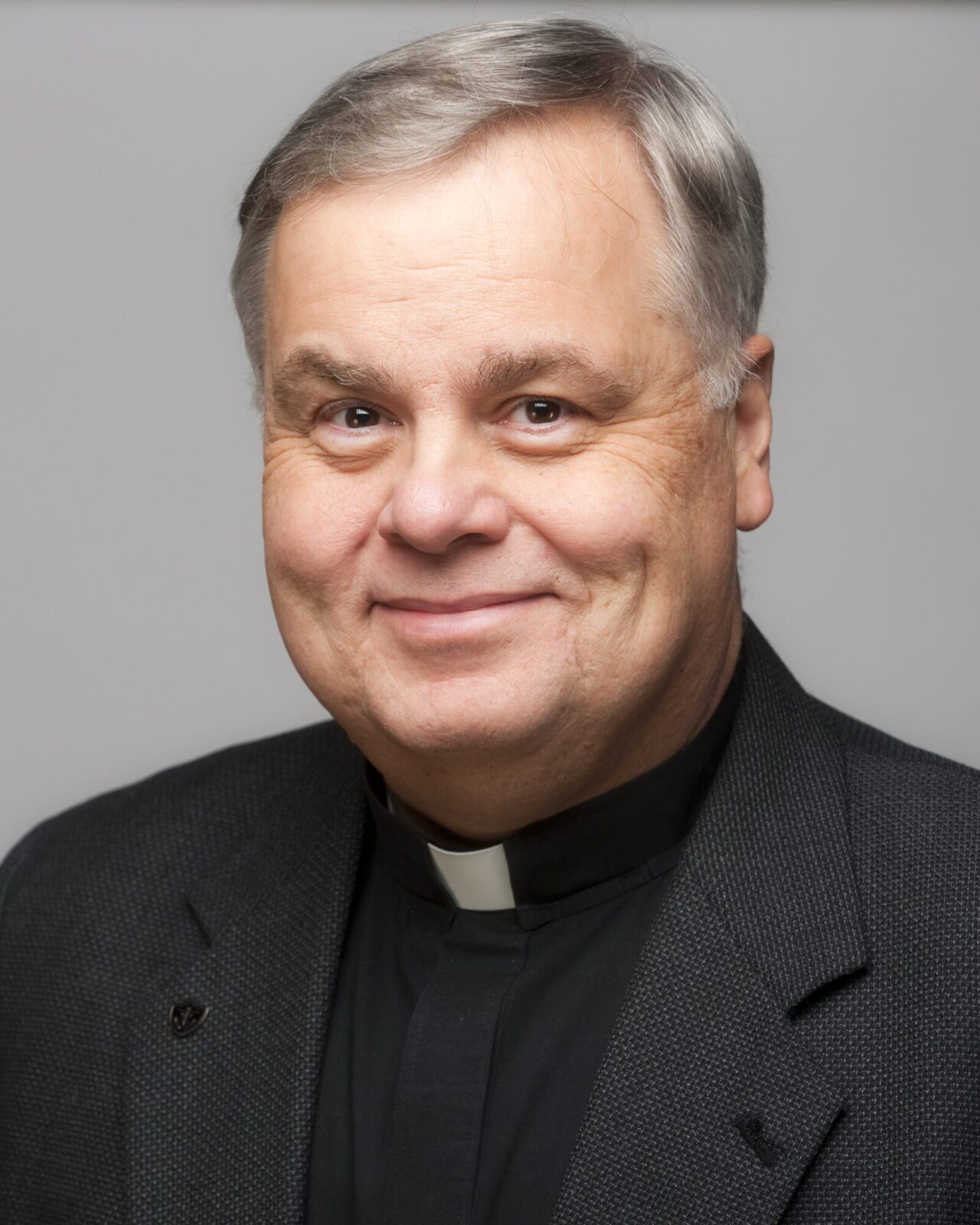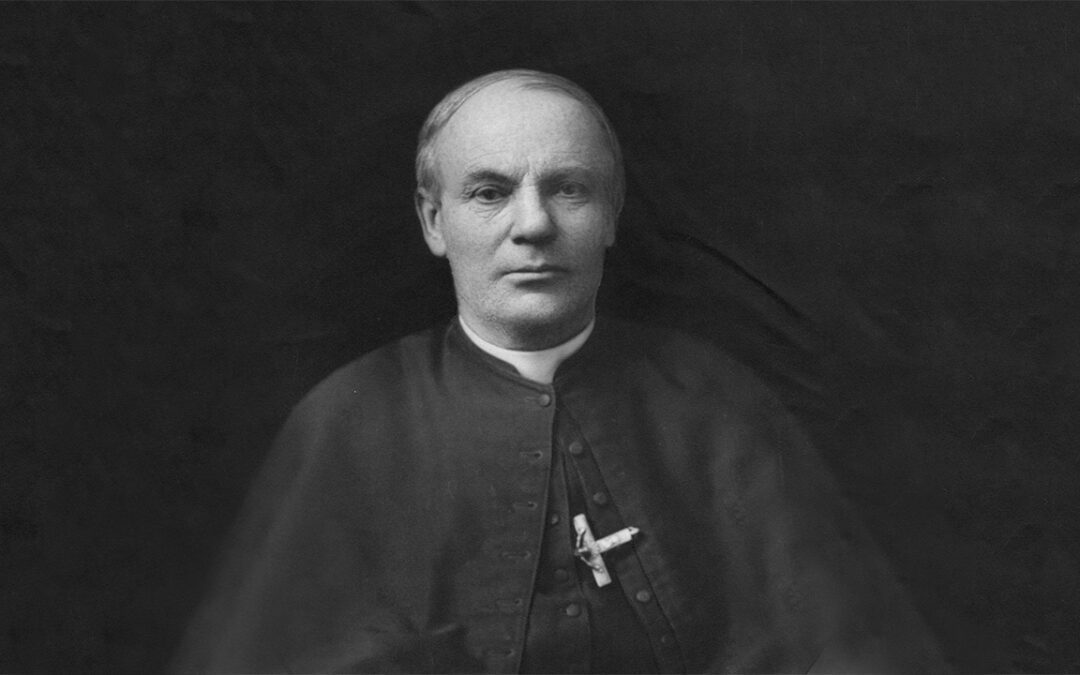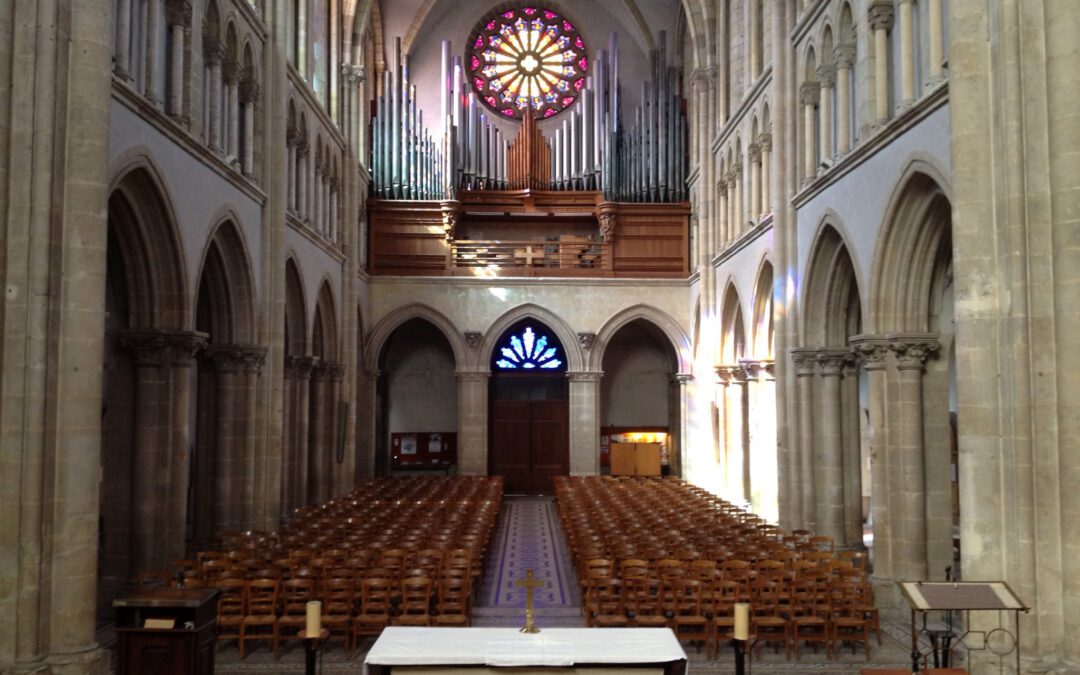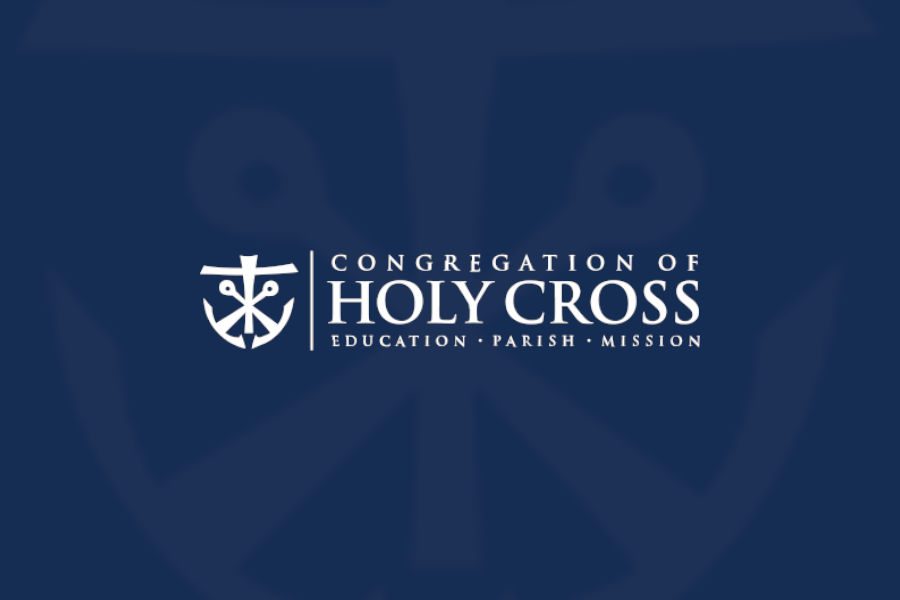We have grown so familiar with the idea of the Incarnation of Christ, that we no longer appreciate what an astonishing concept it is. In the Incarnation, the Son of the living God, through whom all things were made, becomes a human being, and lives in the very world that was created through him. Think how creation must have twisted and groaned and stretched at the seams in order to contain its own creator. It’s almost inconceivable.
Sometime you might take up a pad of paper and a charcoal pencil and draw a house. You might sketch in some trees and a garden around your house, and perhaps a street out front and a car by the curb. Now imagine that you are going to live in the house you have drawn. Somehow you are going to get your full-sized, living-color, three-dimensional self, into that tiny, black and white, two-dimensional sketch of a house, and you are going to live there.
Imagine how the paper would strain and wrinkle and tear, how the charcoal lines would smudge as you tried to climb inside your drawing. And if, somehow, you managed it — if you managed to climb inside your charcoal sketch and live there — your accomplishment would still be less astonishing than the Incarnation of Christ, in which God became flesh and blood, and dwelt among us.
We find much the same imagery in our responsorial psalm which gives an account of the creator God entering his city of Jerusalem and his holy temple: “O gates lift up your heads; grow higher ancient doors. Let him enter, the king of Glory.” The ancient gates of the city, and great temple portals must stretch and expand to admit the Lord when he comes. We can imagine great cracks appearing in the walls, and showers of shattered masonry. We can sympathize with the prophet Malachi who proclaims, “suddenly there will come to the temple the Lord whom you seek. . . . Yes, he is coming. . . . But who will endure the day of his coming? And who can stand when he appears?”
In our Gospel we have an account of the event foreshadowed by Malachi — the day when our Lord enters the temple in Jerusalem. But on that day there are no warped joists, burst hinges or broken lintels, because the Lord enters the temple, as a forty-day old child, carried in his mother’s arms. If anything, his arrival without concomitant tumult is even more astonishing. But however modest the circumstances of his arrival, the onset of the Lord does not pass unnoticed.
Simeon and Anna had each spent long years at prayer in the temple. In that time they must have seen countless babies. But, by the inspiration of the Holy Spirit, some special quality in Jesus aroused in them the conviction that this child was the Messiah. Their long years of faith-filled yearning were over. They recognized him. The Anointed of the Lord had come.
This Feast of the Presentation of the Lord is a celebration of that extraordinary moment of recognition. It is a moment worth thinking about, because we are all invited to experience it. Each one of us is called upon to recognize Jesus as Lord. We won’t have that forty-day old babyto gaze at, but the same Holy Spirit who inspired Simeon and Anna is with us — enabling us to recognize Jesus in the Scriptures, in the hungry, in the stranger, in the prisoner. . . . and in the Eucharist we share.
Rev. Charles B. Gordon, C.S.C., is co-director of the Garaventa Center for Catholic Intellectual Life and American Culture at the University of Portland. He writes and records a regular blog called “Fractio Verbi.”





